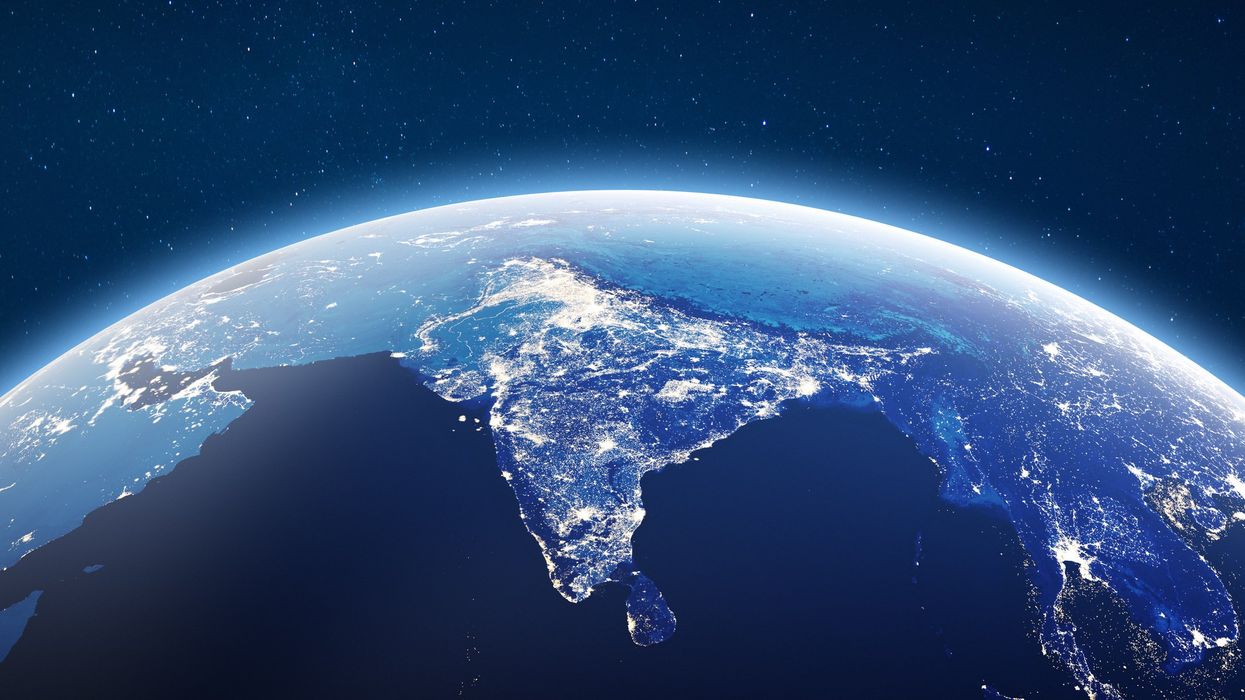Harry Fletcher
Nov 18, 2024

iStock
India is changing drastically under the Earth’s surface, as a new study has revealed that the Indian Continental Plate could be splitting in two.
While you might picture a tectonic plate breaking into two pieces and separating sideways, scientists are claiming that the change is happening horizontally and the plate is splitting into separate layers.
There’s been much debate in the scientific community about what could be behind the formation of the Tibetan Plateau.
A new theory was posited at the American Geophysical Union conference in December, which claims that the Indian Plate is “delaminating” – which would mean the higher of the two sections of plate would explain Tibet’s incredibly high altitude, while the lower part would lower into the Earth’s mantle.
Simon Klemperer of Stanford University and co-authors on the study drew their arguments after studying levels of helium present in the Tibetan springs.
According to their research in the study, which has yet to be peer reviewed and is available on ESS Open Archive, a pattern was discovered which suggested the mantle was close enough to the Earth’s surface for the rare helium-3 to emerge through the springs in northern Tibet.
In southern Tibet, though, the more abundant Helium-4 is more apparent, which suggests that the plate has not split there yet.
Speaking to Science Magazine, Professor Douwe van Hinsbergen of Utrecht University spoke about the concept. Van Hinsbergen, who is not an author on the study, said: “We didn’t know continents could behave this way and that is, for solid earth science, pretty fundamental.”
This article was originally published on 22 January, 2024.
Sign up for our free indy100 weekly newsletter
How to join the indy100's free WhatsApp channel
Have your say in our news democracy. Click the upvote icon at the top of the page to help raise this article through the indy100 rankings
Top 100
The Conversation (0)













